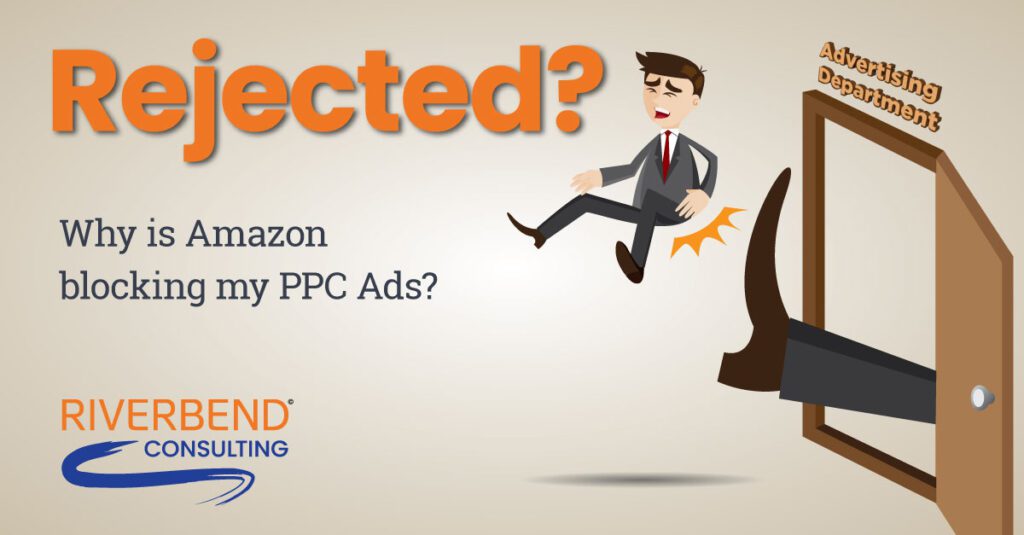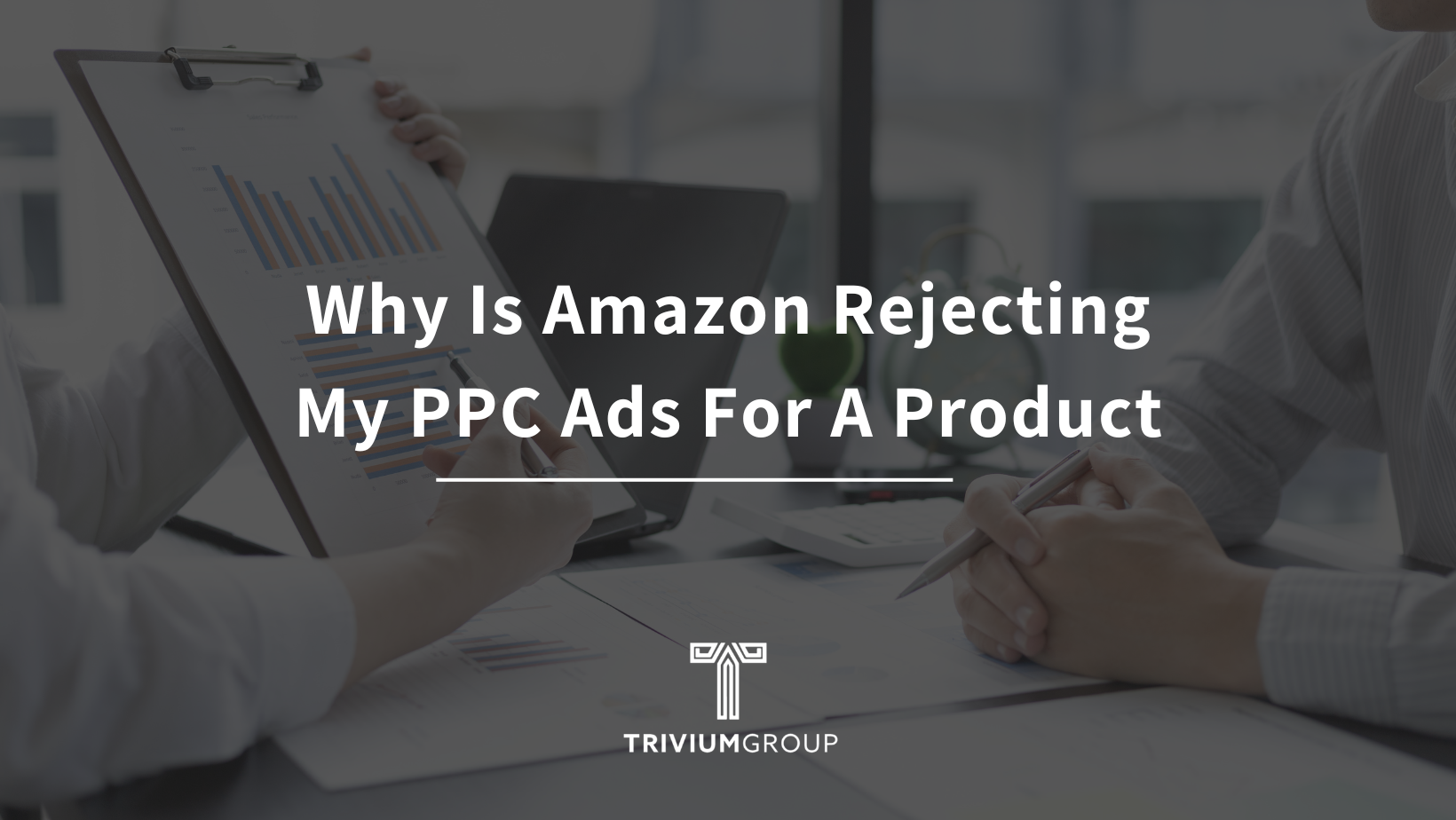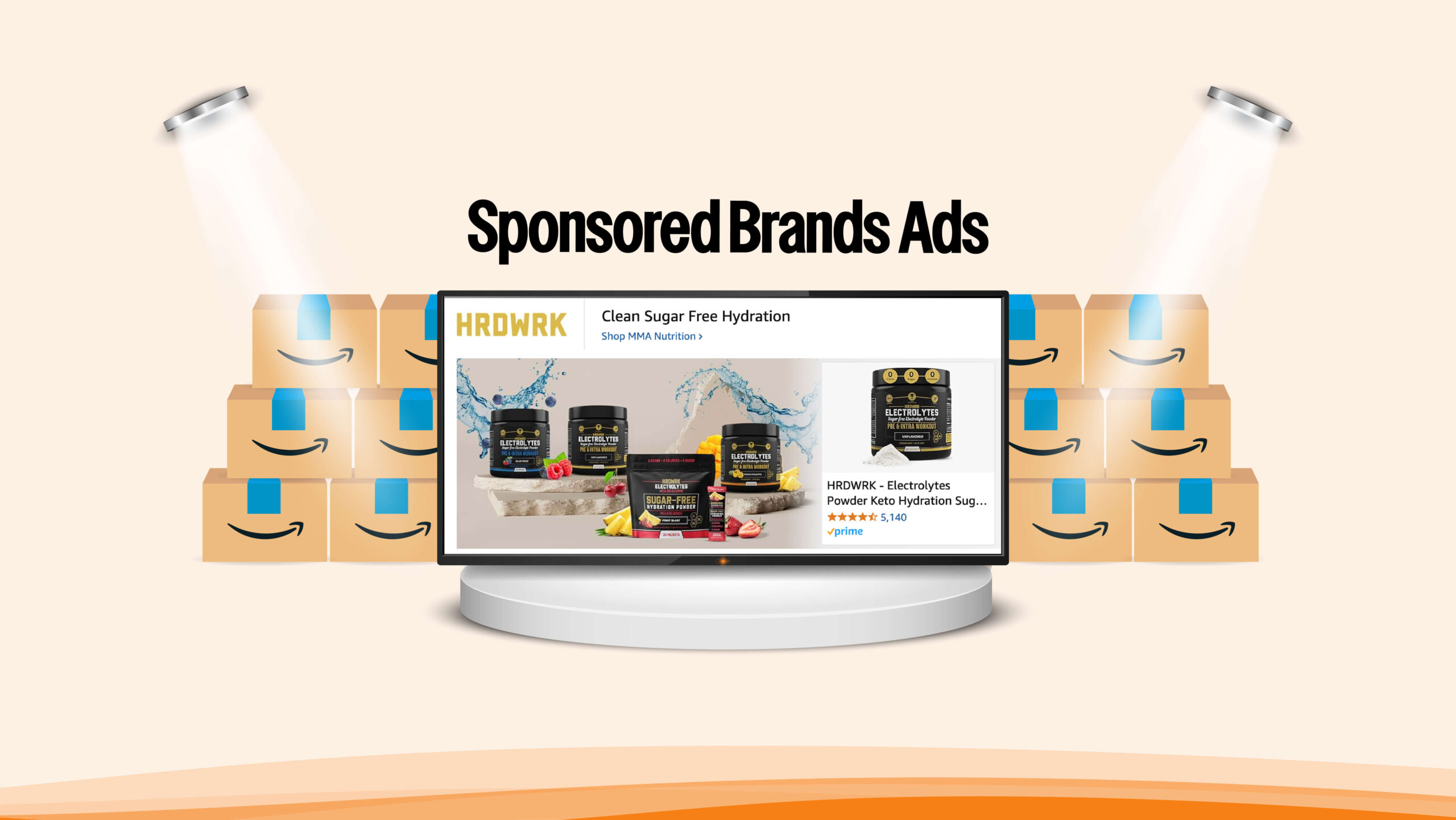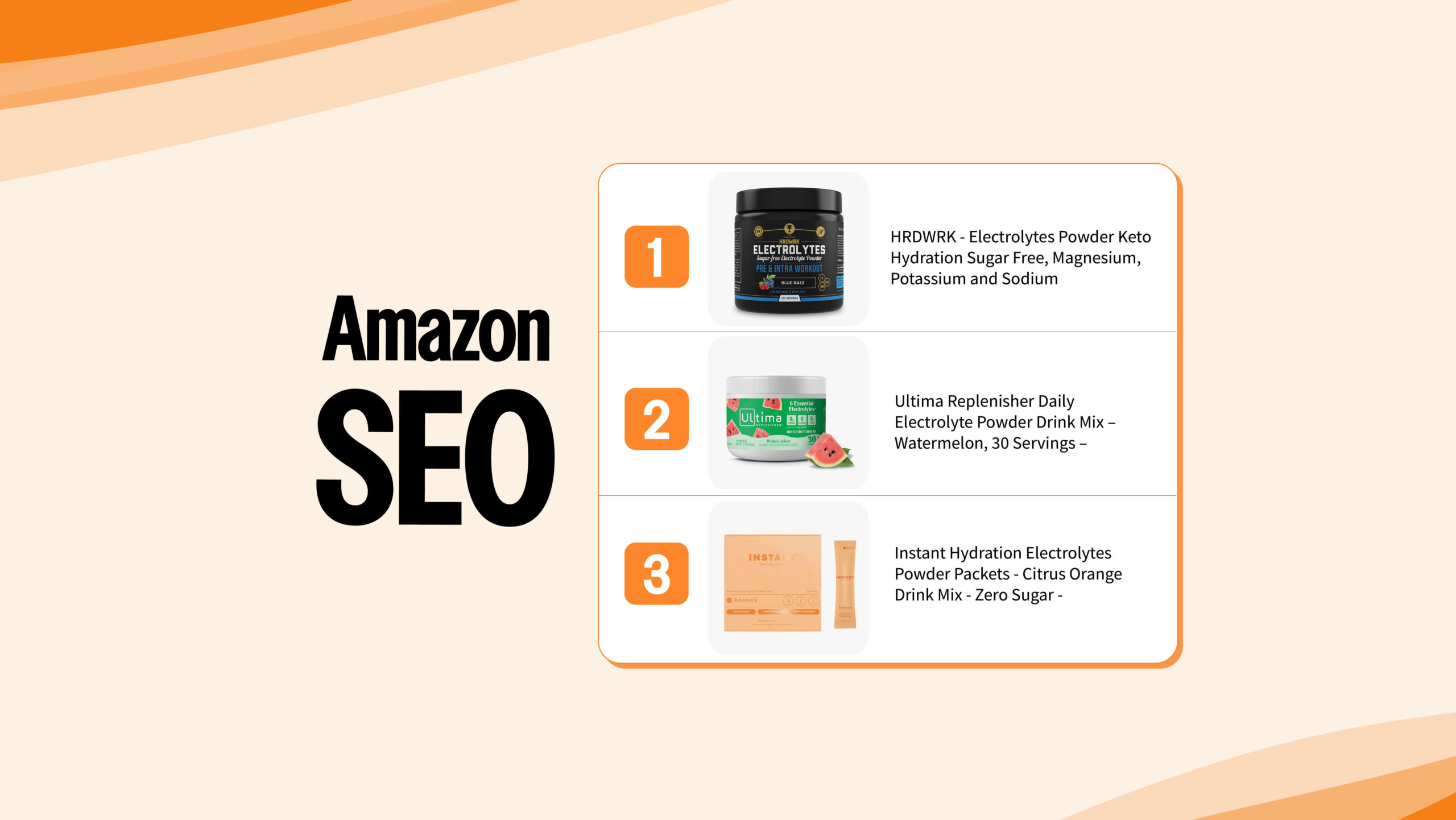Ever wondered why your Amazon PPC ads get rejected for products you’re allowed to sell? Navigating the maze of Amazon’s advertising policies can be a perplexing ordeal for sellers seeking visibility in a saturated market.
This article demystifies the intricacies behind ad rejections and equips you with actionable strategies to keep your campaigns running smoothly, ensuring that your sales don’t suffer due to unforeseen policy pitfalls.
Before You List: Is Your Product Permitted on Amazon?
Amazon’s marketplace is vigilant, filtering out items that don’t comply with its Restricted Products policies. These could be outright illegal or simply too risky for the platform and its customers.
The sale of illicit goods—think drugs or weapons—is a non-starter; Amazon actively prevents such transactions to stay clear of legal entanglements. Even products only outlawed in certain states, like marijuana-related items, are barred due to complex shipping regulations across state lines.
Risky merchandise also makes the list. Remember those hoverboards that made headlines for all the wrong reasons? They’re banned too, alongside dietary supplements containing ingredients not cleared by the U.S. Food and Drug Administration (FDA).
In murkier waters lie controversial symbols and unsubstantiated claims. Confederate flags and cannabis leaves fall under this category as they may convey harmful messages or promote drug use—Amazon steers clear from these representations.
Beware of overpromising benefits in health and beauty products as well; if your product can’t deliver overnight miracles, neither should your listing claim it does.
A myriad of other examples exist but understanding these will help you navigate Amazon’s advertising landscape more effectively—and keep your PPC ads from being rejected.
Amazon’s Selective Promotion Practices
Imagine you’ve discovered a product that promises to enhance your customers’ experiences—like those ingenious supplements designed for wine enthusiasts who suffer from tannin-induced headaches. They’re a godsend, allowing connoisseurs to savor their favorite reds without the dreaded aftermath.
While Amazon opens its virtual shelves to these innovative solutions, it draws the line at sponsored promotions. The reason? A cautious stance on products associated with alcohol consumption. Despite what seems like an overly cautious approach, this policy underscores Amazon’s complex advertising guidelines.
The intricacies of such decisions may baffle even the most seasoned sellers (I’m no exception). Yet, understanding this distinction between sales and promotion is crucial for navigating Amazon’s marketplace successfully.

What can get my ads blocked?
Navigating Amazon’s advertising guidelines is akin to steering through a labyrinth; one wrong turn and your ad could be sidelined. To ensure smooth sailing, familiarize yourself with the prohibited products list, but don’t stop there.
- Be cautious with claims in your ads—what flies on product pages may not pass muster in PPC campaigns, particularly within supplements and beauty categories.
- Avoid addressing buyers directly. Questions like “Do you suffer from X?” are red flags for Amazon.
- Steer clear of before-and-after visuals in beauty ads; they’re taboo under Amazon’s body positivity standards.
- Mentioning competitors? That’s asking for trouble. Keep your ad focused on your own brand’s merits.
- Kids and pets might catch eyes, but keep them away from any product that skirts controversy, including anything weapon-related.
Remember: Your goal is to captivate potential customers without crossing the invisible lines drawn by Amazon. Stay informed, stay creative, and most importantly, stay compliant to keep your ads running smoothly.
Why can my competitor advertise their product, and I can’t advertise mine?
It’s a common question that plagues many sellers: why does it seem like Amazon plays favorites with advertising privileges? If you’re scratching your head wondering why competitors are freely promoting products similar to yours while your ads face rejection, let’s shed some light on potential reasons.
Firstly, take a moment to scrutinize the categories. It might be as simple as your product being in a different subcategory where advertising rules vary. Next, review the language of your listings; any non-compliant claims could be tripping alarms at Amazon HQ. And don’t forget to check for inadvertent rule violations in past promotions.
- Double-check if both products are categorized identically—subcategories matter.
- Evaluate whether your listing makes any prohibited claims.
- Review previous ad campaigns for possible breaches of Amazon’s policies.
If after careful analysis you find no policy infringements, it’s time to craft an appeal. Articulate clearly and concisely why your ads should fly just as high as anyone else’s. Should this process become daunting or complex, Riverbend Consulting is ready to assist. We’ve successfully guided numerous brands back into the sponsored ad space they deserve.
About the Author: Lesley Hensell brings her extensive experience co-leading Riverbend Consulting alongside personal insights from over ten years selling on Amazon—a journey made smoother by her two sons who tackle much of the legwork. Connect with Lesley here.




